9 horrible poisons
Some things are difficult to take in moderation. They're just too small!
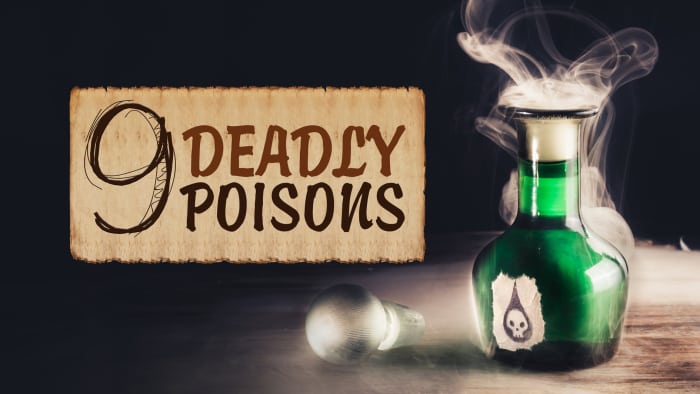
If you drink more than seven liters of water, you can die of hyponatremia – a lack of salt in the organism. It’s a good thing that people don’t drink this much water very often. But there are many substances with a fatal dose that is much less than 7 liters. We have made a list of the nine most terrible of them.
Cyanide
Cyanide is the usual abbreviated name for potassium cyanide – a potassium salt of hydrocyanic acid. The chemical formula of potassium cyanide is KCN. It resembles granulated sugar and dissolves in water just as well as sugar does. Hydrogen cyanide, which is released in the reaction of cyanide and water, smells like bitter almonds to some people, while to others it has no smell.
Cyanide is highly toxic. A small pinch of it (140 mg) can be fatal for humans. When it enters the blood, it bonds with ferric iron and blocks cytochrome – an enzyme required for the cells to breathe. The cells lose the ability to absorb oxygen from the blood, and the organism perishes from oxygen starvation. Essentially, the person dies from suffocation, not physically, but chemically, from the inside
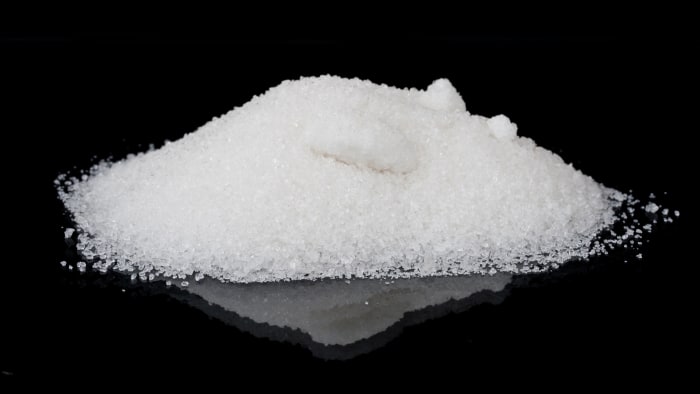
Sarin
Sarin was discovered in 1938 in Germany by two scientists who were trying to create more powerful pesticides. As you can probably guess, soon the formula of the substance was sent to the chemical weapons section of the German army, which ordered the mass production of sarin for military needs. Sarin is a colorless liquid which has a nervous-paralytic effect and stuns in any form it is taken in, especially quickly when inhaled. Its fatal concentration in inhalation is 2 minutes – 35 milligrams per 1 cubic meter.
Sarin became widely known after the terrorist attack by the Aum Shinroyki sect in the Tokyo subway in 1995. From 5000 to 6300 people were poisoned with varying degrees of seriousness in the sarin attack.
Two years later, a UN convention came into force which prohibited the manufacture and stockpiling of many chemical weapons, including sarin.
Mercury
Until the mid-20th century, mercury was widely used in medicine. Today it is hardly used at all, which is quite understandable. Metallic mercury itself is less harmful, but it gradually evaporates even at room temperature, and its dangerous bonds have the property of accumulating in the body. One of the symptoms of mercury poisoning is severe mental disorders. Do you remember the Mad Hatter from “Alice in Wonderland”? Lewis Carroll did not just make him up. Hatters like this really did exist in the past. The felt that hats were made of was treated with mercury compounds. Mercury gradually accumulated in the hatter’s body, and hatters frequently went mad.
The Hatter from the 'Alice in Wonderland' movie
Amatoxins
Amatoxins are contained in several types of mushroom of the Amanita species (Amanita phalloloides, Amanita virosa, spring Amanita). When they enter the body, amatoxins destroy the cells of the liver and kidneys, They block the functioning of RNA-polymerase II. This is responsible for the synthesis of several types of RNA, including messenger RNA, without which cellular metabolism stops and the cell breaks down. Poisoning takes place quite slowly. But even if poisoning does not lead to death, it does serious damage to the internal organs.
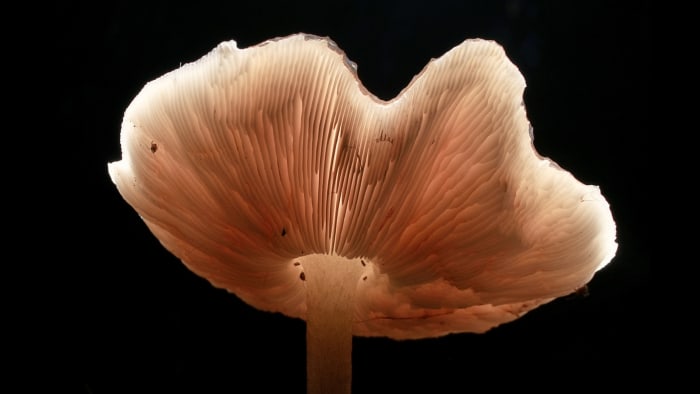
Strychnine
Strychnine is an alkaloid which was first extracted from the beans of the tropical Strychnos ignatii tree in 1818. This alkaloid was also found in nux vomica – the seeds of the deciduous tree of this genus. This explained the toxic properties of these nuts, which were already known in ancient India.
By its popularity strychnine can compete with cyanide, which writers and screenwriters are also very fond of using to poison their characters. At the same time, strychnine nitrate is used in medicine. It assists the transfer of signals between neurons, and thus has a “stimulating” effect. But in large quantities strychnine causes severe poisoning and a painful death in convulsions.
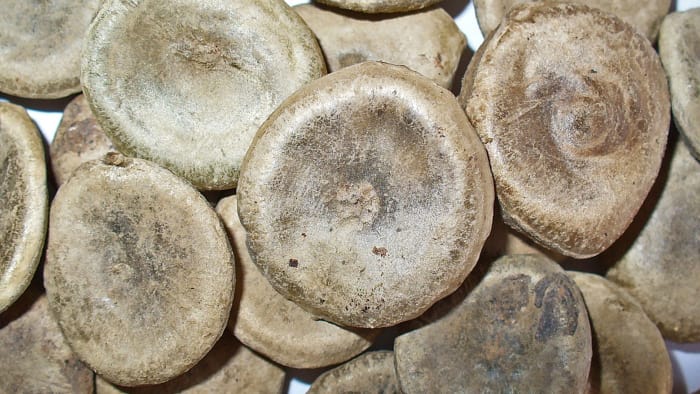
Tetrodotoxin
On the 7th of September 1774, Captain James Cook wrote in his ship’s diary that his crew had eaten a local tropical fish, and fed the ship’s pigs with the leftovers. The crew experienced feelings of numbness and suffocation, and all the pigs were found dead the next day.
The poisoning was caused by tetrodotoxin, which is contained in some blowfish. This is the poison that causes fatalities from eating the fugu fish. It is also contained in the roe and skin of some creatures which live in tropical waters.
Tetrodotoxin acts on the nerve fibers. The form of the molecule enables it to block the ion channels like a cork. As a result, the nervous fibers lose the ability to conduct impulses. Doctors are not always able to save people who have been poisoned by tetrodotoxin. But fugu dishes continue to be popular nevertheless.
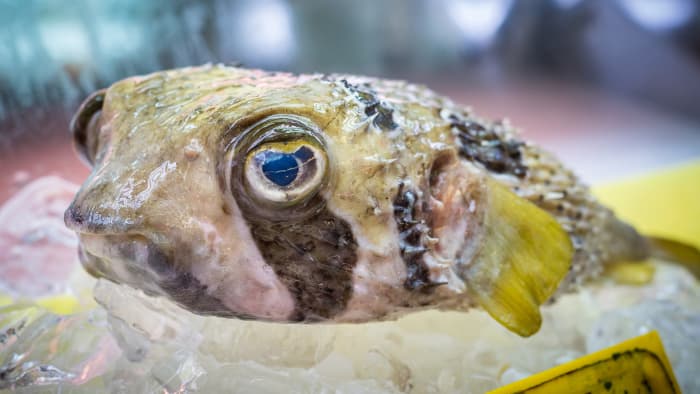
VX
This nerve gas was invented in the UK in the 1950s. Its inventors were trying to develop a new pesticide, but its high toxicity meant that it did not find an application in agriculture. But it did interest the military. In 1959 VX was tested on volunteers in the American army. After it almost killed one of them, Doctor Sim, scientists ascertained the maximum permissible dose of VX for intravenous injection – 2.12 mg/kg. In 1993, this poison was prohibited by the UN convention.

Ricin
Ricin is much more poisonous than potassium cyanide. Doses of ricin the size of a matchhead are sufficient to kill an adult human being. Ricin is made from castor beans, the fruit of the castor-oil plant (Ricinus communis), which grows in the tropics and subtropics all over the world. The poison is contained in the oilcake that remains after the castor oil is extracted. Incidentally, traces of ricin are also contained in the oil itself. In 2013, the actress Shannon Richardson, who played a minor role in “The Walking Dead”, was arrested for attempting to send the US President and other high-ranking officials letters laced with ricin.
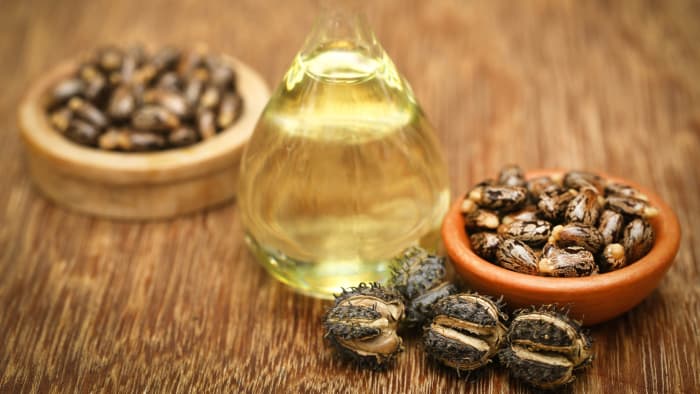
Botulinum toxin
Of all the poisons we know today, the most poisonous is botulinum toxin. A fatal dose for a human being is 1.3 nanograms per kilogram of weight. It is produced by bacteria of a certain kind, which develop in anaerobic conditions (without air) in tins or sausage. Home-made sausage is rare today, but once it was the main source of botulism. Even the name of the disease and its activator came from the Latin word botulus – “sausage”. The bacillus not only secretes a toxin, but also gases. So you shouldn’t open tins that are inflated with air. Botulinum toxin is a neurotoxin of protein origin. It attacks the nerve cells, which send impulses to the muscles. The muscles stop contracting, and paralysis sets in. But if you take the toxin in a low concentration and only apply it to certain muscles, the organism as a whole does not suffer, and the fibers become relaxed. So the poison acts as medicine in muscle spasms. And also, relaxed face muscles don’t let the skin wrinkle. You’re familiar with the word “botox”, aren’t you? That’s the one.

If you liked this article, share it with your friends!